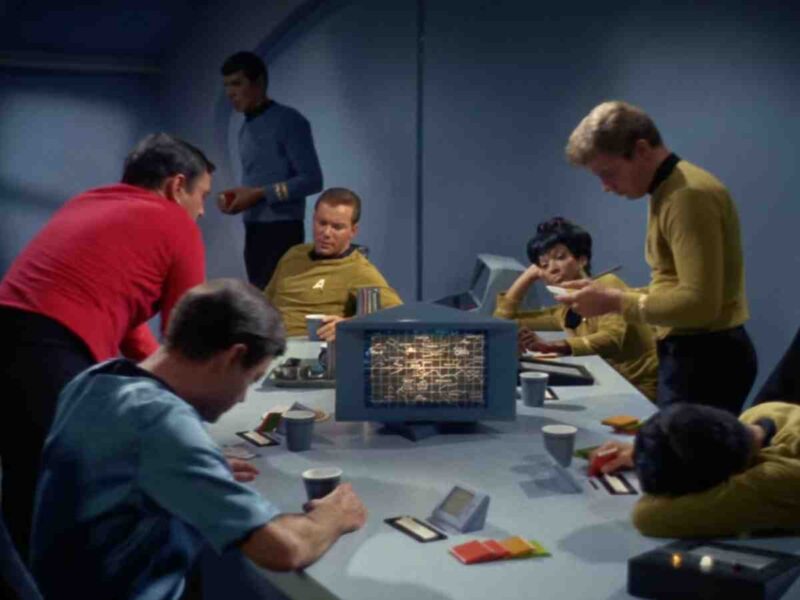How to Visualize Currency Value
The public mind — the knowledge that most people recognize from social conversations, media, and popular non-fiction — no longer recognizes anything but Keynesian monetary theory.
Your average conservative ranting about The Fed misses the point that our whole transition to a federal bank and off the gold standard existed in order to support an expanded taxation structure. Taxation with representation is not so great either, we might remind the heroes of the American war for independence.
This taxation was made necessary by wars but kept for the socialist-style entitlements that a Keynesian economy theory argues “prime the pump” of the economy and keep it growing. In actuality, they take out so much from the economy that it has to keep growing to stay above the declining value of the currency.
Like electricity, currency has multiple measurements. There is how strong it is, and how much demand for it, and the timing of those demands. Each of these aspects influences the other, and so they resemble more of a cat’s cradle arrangement than a linear lever-pull like governments hope they are.
You wonder what has been happening to your currency since 1913 and the answer is that it has been losing value. The Left calls this inflation because in their view speed of demand for money signifies a healthy economy. This works for speculators but like happened in the Great Depression, when that falls off things go wonky.
To slow this process, governments tend to raise interest rates, which makes it harder for speculators to get loan to buy stocks and bonds for the purpose of resale. As the speculators retreat, the economy reclaims the properties they are trading around at lower cost, and this gives it a temporary jolt in the arm.
However, this accelerates the process of devaluation because the market also reclaims the false value driven up by the speculators. We see this in price increases which is why what a dollar bought in 1913 now takes more like fifty or a hundred dollars.
Most humans cannot handle this level of abstraction, but consider a hundred dollars and a hundred apples. At first, each apple costs a dollar; if the currency increases in value, each apple costs less than a dollar, but if the currency devalues, each apple costs more than a dollar.
You may have the same number of dollars, but now you can buy fewer apples. Taxes cause this process by taking so much out of the economy that people require speculative investments in order to stay above the rate of currency devaluation. They buy and sell apples, hoping to end up with enough more dollars that they can still buy a hundred apples.
In the conservative calculus, money is backed by the value of what is behind it. Production, or the generation of goods and services which can be sold for money, provides the majority of this basis. If the economy dedicates too much of its wealth to taxes and do-nothing jobs like bureaucracy, the currency declines in value despite demand going up.
Consider three apple carts:
- Stand A: a thriving business without debt, it buys its apples with cash and sells them for cash.
- Stand B: a thriving business with debt, it buys its apples with loans and then sells them for cash, paying off the loans before salaries or profits.
- Stand C: a semi-thriving business with debt, it buys apples when it can get a loan and then sells them to pay off the loan with relatively little left after salaries for profit.
Ironically most of the businesses in the world are of the third variety. They borrow money, buy materials, then produce goods or services and pay off their loan and salaries but do not keep much else. If they need to do research and development, they take out a new loan and much of what they produce is owned by the bank.
If the first stand were to issue money, it would have the most value, because it is backed solely by a productive business and not by debt. While debt is an appealing purchase to speculators, it is risky for long-term investors, and these set the value of stocks once the speculator frenzy dies down.
Money is like a stock. You purchase a unit of currency and own a very small slice of whatever country issued it. If you buy it when it is valuable, and the country elects an idiot, it will be less valuable but more in demand because of speculators, so you can sell it quickly for a high price. This is actual inflation.
On the other hand, once the speculators calm down, people purchase the currency for its ability to hold value. They want it to keep its value and do so above the inflation brought on by taxation and other losses to the market. If you want that, you pick the business with the most productivity and the least debt.
What conservatives understand that liberals do not is that speculators are not interested in building value; they are interested in taking value away. Most of what people complain about regarding capitalism is related to speculators, but speculators have little power until liberal economic policy gets involved.
Tags: currency, devaluation, inflation, keynesianism, MMT, stagflation










